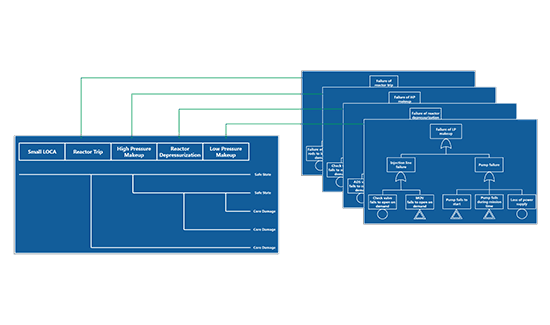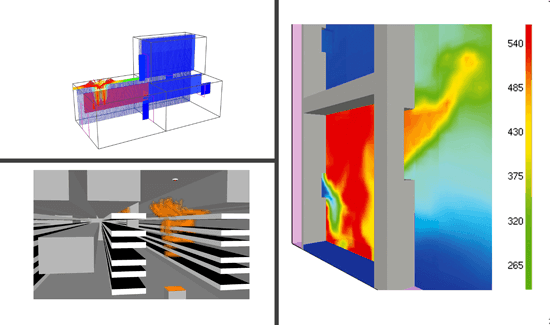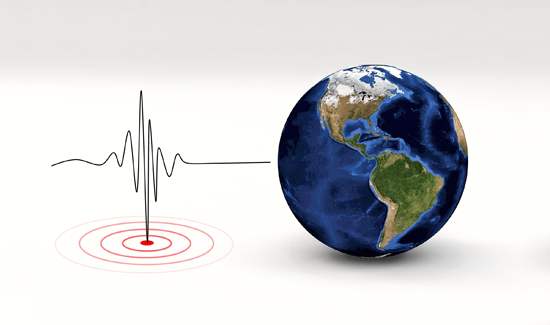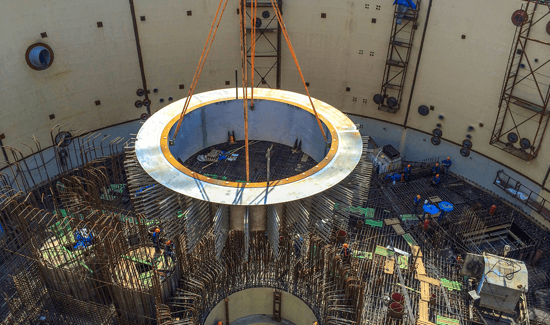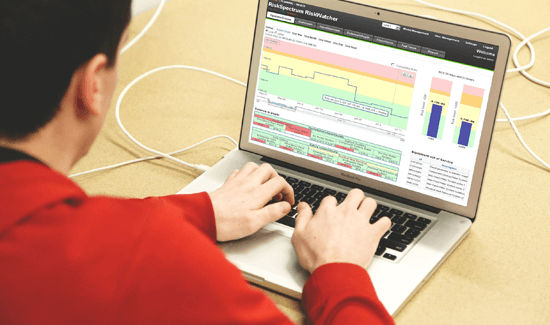For nuclear power plants, decommissioning is the final phase in its life following decades of operation.
It essentially involves decontamination and dismantling of equipment and structures which would have experienced continuous radiation or thermal stresses over the entire life of the plant. During such operations the probability of an equipment drop, or scatter of radioactivity is high.
Prior to granting authorization for the decommissioning of a facility, a documented assessment of the safety of decommissioning activities is generally required by the regulatory body.
The safety assessment for decommissioning provides a basis on which the safety of workers and the public can be ensured through the evaluation of the consequences of potential hazards and the identification of the ways that they can be mitigated. So that the associated residual risks are as low as reasonably achievable (ALARA).
Once the safety assessment framework specifying context, objective, scope, time frame and end state of decommissioning project is finalized, and all decommissioning activities are well-defined the following steps are carried out.
- Hazard Identification and Preliminary Screening in which all reasonably foreseeable initiating events and accident scenarios involving existing and future hazards (both radiological and non-radiological) that can affect workers, members of the public and the environment during decommissioning activities under normal and accident conditions are identified and the bounds of potential consequences for each scenario is predicted to identify whether detailed analysis is required.
- Hazard Evaluation in which the potential accident scenarios are developed for all the initiators and consequences are evaluated. The consequences are essentially release metrics that needs to be compared with dose limits/dose constraints prescribed by the authority.
- Engineering Assessment in which the SSCs are specified with necessary safety related functions and performance requirements, categorized based on safety significance and evaluated in sufficient detail proportional to its safety significance to demonstrate whether the specified requirements can be met, as expected.
- Evaluation of Results and Identification of Control Measures in which results of the safety assessment are checked for compliance with regulatory requirements and necessary control measures are defined accordingly.
Consultants at RELSAFE have the capability to perform a Decommissioning Safety Assessment using the latest international guidelines.

